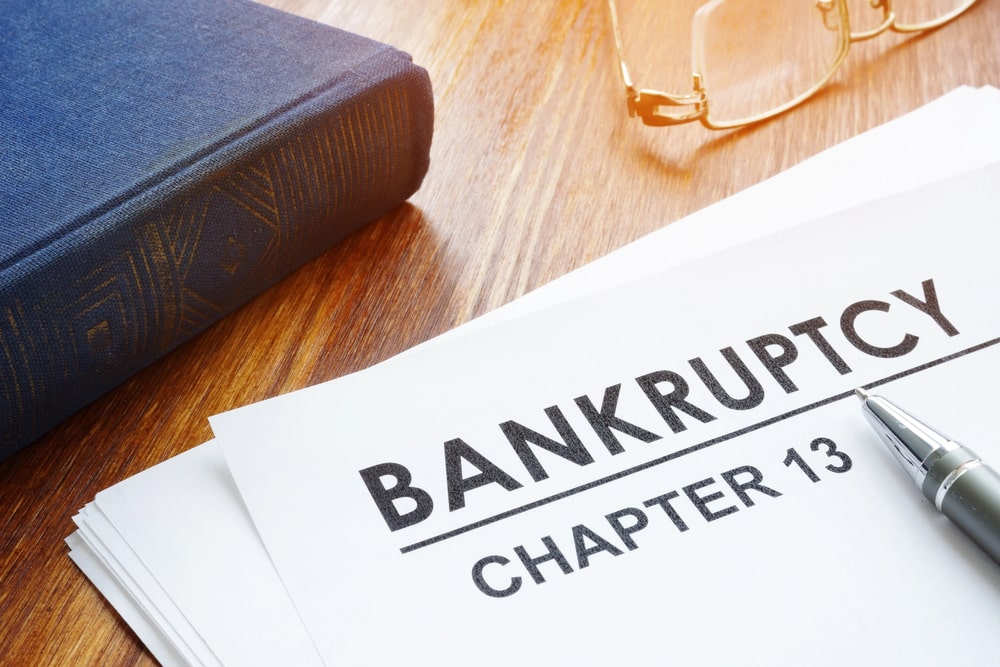Bankruptcy is often misunderstood, and many people hesitate to consider it because of the myths they have heard. These misconceptions can cause unnecessary stress and prevent individuals from exploring options that might help them. By clearing up some of the most common myths, we can better understand what bankruptcy truly means and how it can provide relief.
Bankruptcy Permanently Destroys Credit
A common belief is that bankruptcy will permanently ruin your credit. While filing does impact your credit score, the effect is not permanent. Many people start rebuilding their credit within a year or two by using secured credit cards, making on-time payments, and keeping balances low. Bankruptcy may remain on a credit report for several years, but responsible financial habits after filing can lead to recovery sooner than many expect.
You Will Lose Everything You Own
Another misconception is that bankruptcy means losing all property and assets. In reality, exemptions often allow us to keep important items such as a primary residence, a car, and personal belongings. Retirement accounts are generally protected as well. The specific outcome depends on the type of bankruptcy filed, but most people do not lose everything when they go through the process.
Bankruptcy Means Irresponsibility
Filing for bankruptcy is sometimes viewed as a sign of financial carelessness. In truth, many people file due to circumstances outside of their control, such as medical debt, job loss, or divorce. Bankruptcy exists as a legal tool to give individuals and families a chance to reset and move forward. It is not a reflection of character, but rather a solution for dealing with overwhelming debt.
Only Certain Debts Can Be Included
Some believe that only certain types of debt qualify for bankruptcy relief. While certain debts like student loans or recent tax obligations may be harder to discharge, most unsecured debts such as credit cards, medical bills, and personal loans can be addressed through the process. This makes bankruptcy a powerful option for reducing the burden of debt and creating a manageable financial path.
Life Cannot Improve After Bankruptcy
There is also a myth that life after bankruptcy is filled with constant financial struggle. The reality is that many people rebuild credit, purchase homes, and achieve financial goals after filing. Bankruptcy is designed to provide a fresh start. With a thoughtful budget and responsible financial planning, stability is very possible after the process.
Bankruptcy is often misunderstood because of these myths, and that misinformation can discourage people from considering it as an option. At Leinart Law Firm, we know how important it is to have accurate information when making financial decisions. If you are worried about debt and wondering whether bankruptcy could help, speaking with a Duncanville, TX chapter 13 bankruptcy lawyer is a good way to learn about your options. Reach out to us today so we can discuss your situation and work toward a plan that supports your future.


